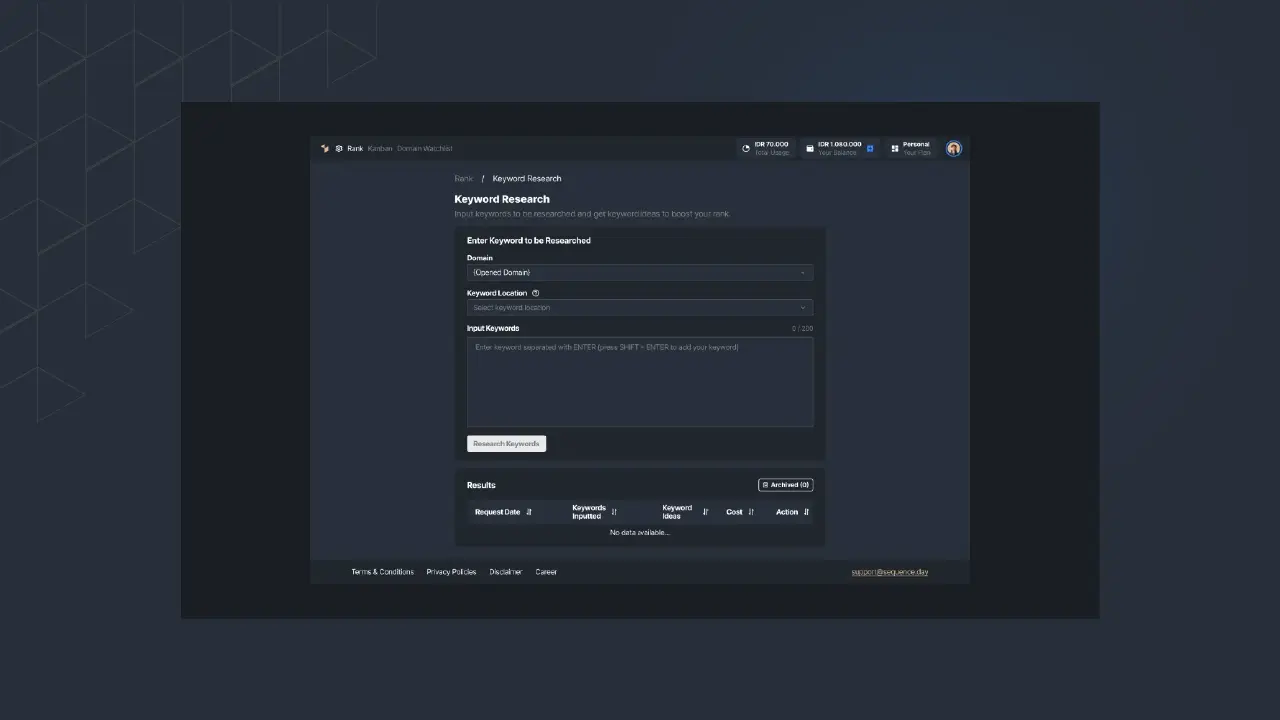How to Analyze Search Intent for More Relevant Content
Search intentis the reason behind the search. People search on the internet for different purposes such as finding information, making a purchase, going to a certain web page, or other. As a webmaster who wants high-ranking, you need to know how to analyze search intent.
In this short article, you will learn how to analyze search intent. Precise user intent analysis is needed before creating content for your website, thus, read this article to the end.
Definition of Search Intent
Search intent, also known as user intent, refers to the specific goal or purpose behind an online search that a person performs using a search engine. It indicates what the individual is looking for when entering a query into a search engine, whether it's information, a particular website, a product, or a service.
With so much user intent out there, as a webmaster, you should know which one is the right one. This way, the content produced will be more relevant and resonate with the target.
How to Analyze Search Intent
Analyzing search intent is a fundamental aspect of effective SEO (Search Engine Optimization) and content creation. Here's an in-depth explanation of three essential methods for analyzing search intent:
1. Analyzing the SERP First Page
When you're trying to determine search intent, examining the SERP's first page is one of the most direct and valuable approaches. Here's how it works:
- Identify the Target Keyword: Start by identifying the specific keyword or keyphrase you want to analyze.
- Examine the Top Search Results: Look at the websites and pages that appear on the first page of the search results when you enter your target keyword. Pay close attention to the titles, meta descriptions, and content snippets.
- Identify Common Themes: Analyze the content of the top-ranking pages to identify common themes or topics. What information do they provide? Are they offering product reviews, comparisons, buying guides, or something else?
- Consider the Format: Take note of the format of the content. Are there lists, tables, videos, or images prominently featured? Different formats may indicate different types of intent.
- Pay Attention to Featured Snippets: If there are featured snippets, those can provide a concise answer to the user's query. Understanding the featured snippet can help you determine the most common user intent for that keyword.
2. Using PAA (People Also Ask)
PAA (People Also Ask) questions are the expandable question boxes that often appear in search results. These can be valuable tools for understanding search intent. Below are some actions you can take to analyze the search intent of certain keywords.
- Search Your Target Keyword: Start by entering your target keyword into a search engine.
- Identify PAA Questions: Look for the PAA question boxes in the search results. These questions are related to the main keyword and represent specific queries that users have.
- Analyze PAA Questions: Click on the PAA questions to see the answers provided in the search results. This can give you insights into the different aspects of the topic that users are interested in.
- Note Variations: Pay attention to variations in the questions. Users may have different intentions, and the questions they ask can reveal what specific information they are seeking.
- Create Content to Address PAA Questions: Consider creating content that directly addresses the PAA questions. This can help you provide comprehensive information and satisfy multiple user intents.
- Optimize for Featured Snippets: If you can provide concise and valuable answers to PAA questions, your content may be featured in the PAA box, increasing your visibility.
3. Social Media Listening
Social media platforms are rich sources of user-generated content and discussions. Monitoring social media conversations related to your niche can provide valuable insights into search intent. Here's how to use social media listening for this purpose:
- Identify Relevant Social Media Channels: Determine which social media platforms are popular within your niche or industry. This may include platforms like Twitter, Facebook groups, Reddit, or industry-specific forums.
- Analyze User Questions and Comments: Pay attention to the questions, comments, and discussions users are having on social media. What are they asking about? What pain points or problems are they expressing?
- Identify Trends and Sentiment: Look for trends in discussions and sentiment analysis. Are users seeking information, expressing interest in a product, sharing experiences, or expressing frustration?
Researching Keyword after Analyzing Search Intent
Researching keywords after analyzing search intent is a critical step in the SEO and content creation process. Once you have a clear understanding of what users are looking for and the intent behind their searches, you can perform keyword research to identify the specific keywords and phrases that align with that intent.
You can use Sequence Stats Keyword Ideas to search for perfect keywords. This tool offers real-time keyword data such as the search volume, competition, changes, and others. Here is how it looks:
 |
|---|
| Picture 1 - Keyword Ideas feature in Sequence Stats. |
To explore this tool fully, you can register and have a free trial before choosing the best subscription for your website or business. It’s easy and all in one dashboard!